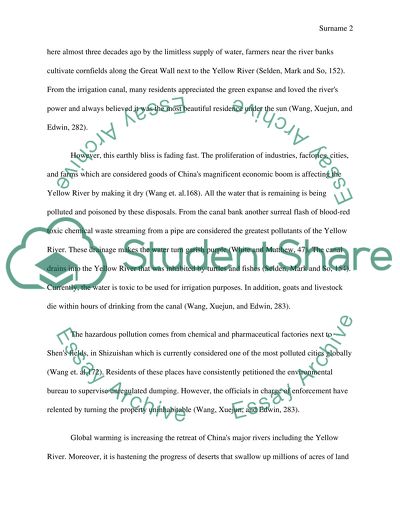Cite this document
(“The water pollution of the Yellow River Essay Example | Topics and Well Written Essays - 2750 words”, n.d.)
Retrieved from https://studentshare.org/environmental-studies/1690992-the-water-pollution-of-the-yellow-river
Retrieved from https://studentshare.org/environmental-studies/1690992-the-water-pollution-of-the-yellow-river
(The Water Pollution of the Yellow River Essay Example | Topics and Well Written Essays - 2750 Words)
https://studentshare.org/environmental-studies/1690992-the-water-pollution-of-the-yellow-river.
https://studentshare.org/environmental-studies/1690992-the-water-pollution-of-the-yellow-river.
“The Water Pollution of the Yellow River Essay Example | Topics and Well Written Essays - 2750 Words”, n.d. https://studentshare.org/environmental-studies/1690992-the-water-pollution-of-the-yellow-river.


